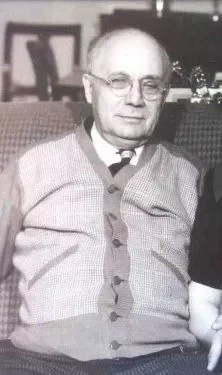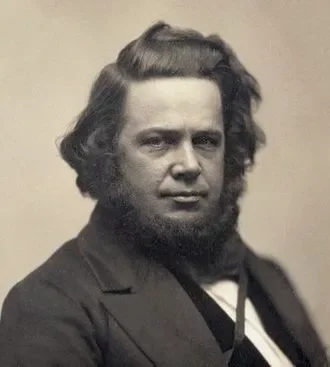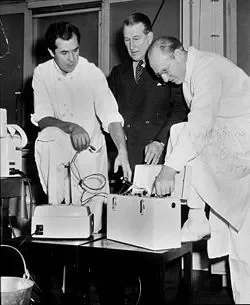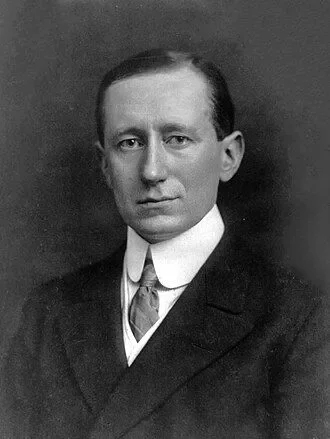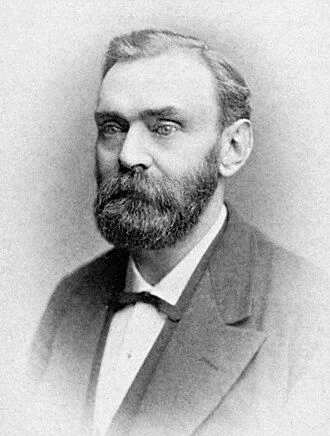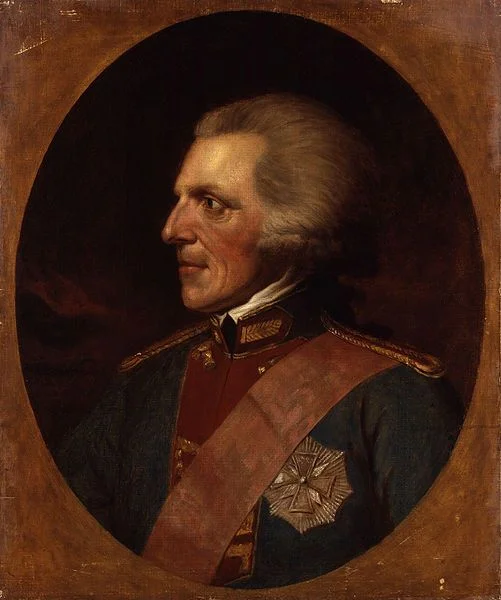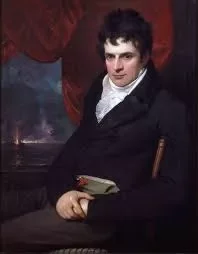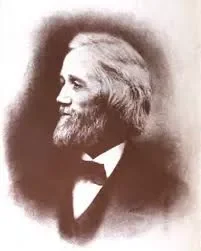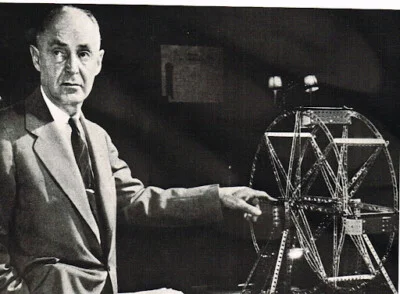Real Celebrities Never Die!
OR
Search For Past Celebrities Whose Birthday You Share
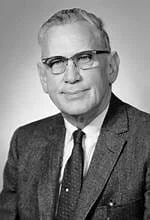
source:tse2.mm
Richard Gurley Drew
Birthday:
22 Jun, 1899
Date of Death:
14 Dec, 1980
Cause of death:
Natural causes
Nationality:
American
Famous As:
Engineer
Age at the time of death:
81
Early Life and Background
Richard Gurley Drew was a US-American inventor who added rich new dimensions to the realms of adhesion and adhesive tape across borders from industry through everyday human experience. His invention that has gone on to the most everyday use is a tape — Scotch tape, in fact, named after 3M’s brand of the same.
Drew was born into a family of builders on June 22, 1899, in St. Paul, Minnesota, and grew up always searching for mechanics or any mechanical experiment that he could find while developing an aptitude for engineering early on. This early familiarity with tools and machines, coupled with a solid academic foundation, paved the way for some groundbreaking innovations in his career. After studying engineering at the University of Washington, Drew went on to achieve a successful career that would later shape industries.
Early Career at 3M
Drew started working at the 3M Company (Minnesota Mining and Manufacturing Company) as a lab assistant way back in 1921 to kick off his professional career. Drew was originally employed to work on sandpaper, but it did not take long for his inventiveness to show.
Invention of Masking Tape
Drew gained recognition in 1925 for his invention of masking tape, primarily for automotive painting. Before Drew invented masking tape, painters struggled to generate sharp-edged lines without leaving marks. Drew’s masking tape offered a solution by using a low-tack adhesive, which allowed for efficient application and easy residue removal, improving the quality of paint jobs.
Creation of Scotch Tape
Following the success of masking tape, Drew turned his attention to another common problem—transparent adhesive tape for sealing packages without leaving a mess. Building on his knowledge of masking tape, Drew invented the first practical Scotch Tape, a clear cellophane adhesive that was easy to stick and remove, making it ideal for household use.
Rise of Scotch Tape and Its Impact
In 1930, Scotch tape was introduced to the public and quickly became popular. Not just a hit in the packaging industry, it found its way into households for a variety of uses—from gift wrapping to office tasks. The tape’s versatility made it a household staple.
Richard Gurley Drew's Quote's
Continued Innovations and Legacy
Drew spent the remainder of his career at 3M perfecting adhesive products. His influence went beyond Scotch tape and masking tape, as he contributed to the development of other adhesive solutions, further solidifying his reputation as an inventive genius. Drew’s innovative approach to problem-solving set the stage for countless other adhesive products and has left a lasting impact on the adhesive industry.
Later Years and Death
Despite his great achievements in technology and industry, Drew remained humble and down-to-earth. He retired from 3M in 1961, but his innovative, pragmatic approach to problem-solving continues to inspire product development today. Richard Gurley Drew passed away on December 14, 1980, leaving behind a legacy of innovation that revolutionized industries and made everyday life easier for millions.
Drew’s life and career demonstrated how solving small, simple problems can lead to world-changing innovations. His work in the field of adhesives not only transformed industrial practices but also made a lasting impact on everyday human life. His legacy lives on through the continued use of his adhesive inventions.
Name:
Richard Gurley Drew
Popular Name:
Richard Gurley Drew
Gender:
Male
Cause of Death:
Natural causes
Spouse:
Place of Birth:
Saint Paul, Minnesota, USA
Place of Death:
Santa Barbara, California, USA
Occupation / Profession:
Personality Type
Virtuoso: Bold and practical experimenters, masters of all kinds of tools. Richard Drew exhibited a hands-on, innovative approach to problem-solving, valuing practicality and adaptability, traits common in inventors and engineers.
The first version of masking tape he created had a weak adhesive, leading to improvements.
Drew started as a lab technician at 3M before becoming an inventor.
His inventions are still widely used today.
Scotch tape was initially designed for use in packaging meat.
Invented masking tape in 1925.
Revolutionized the painting and packaging industries.
Invented Scotch transparent tape in 1930.
Honored by the Minnesota Inventors Hall of Fame.
